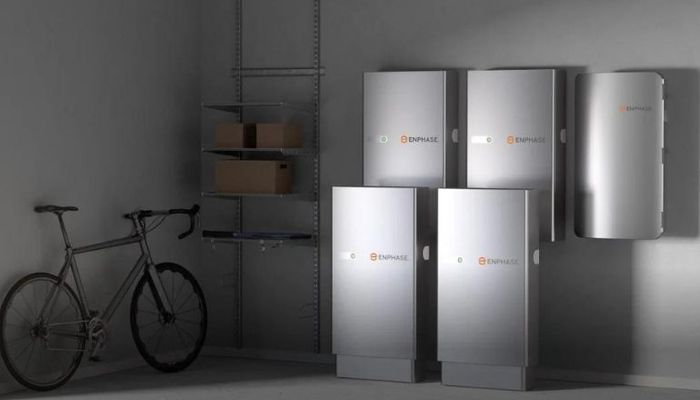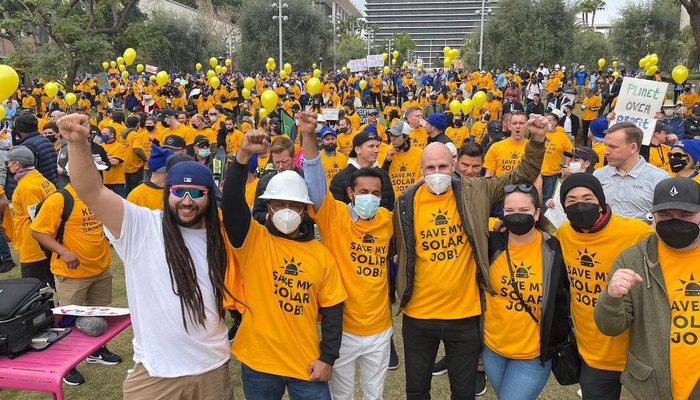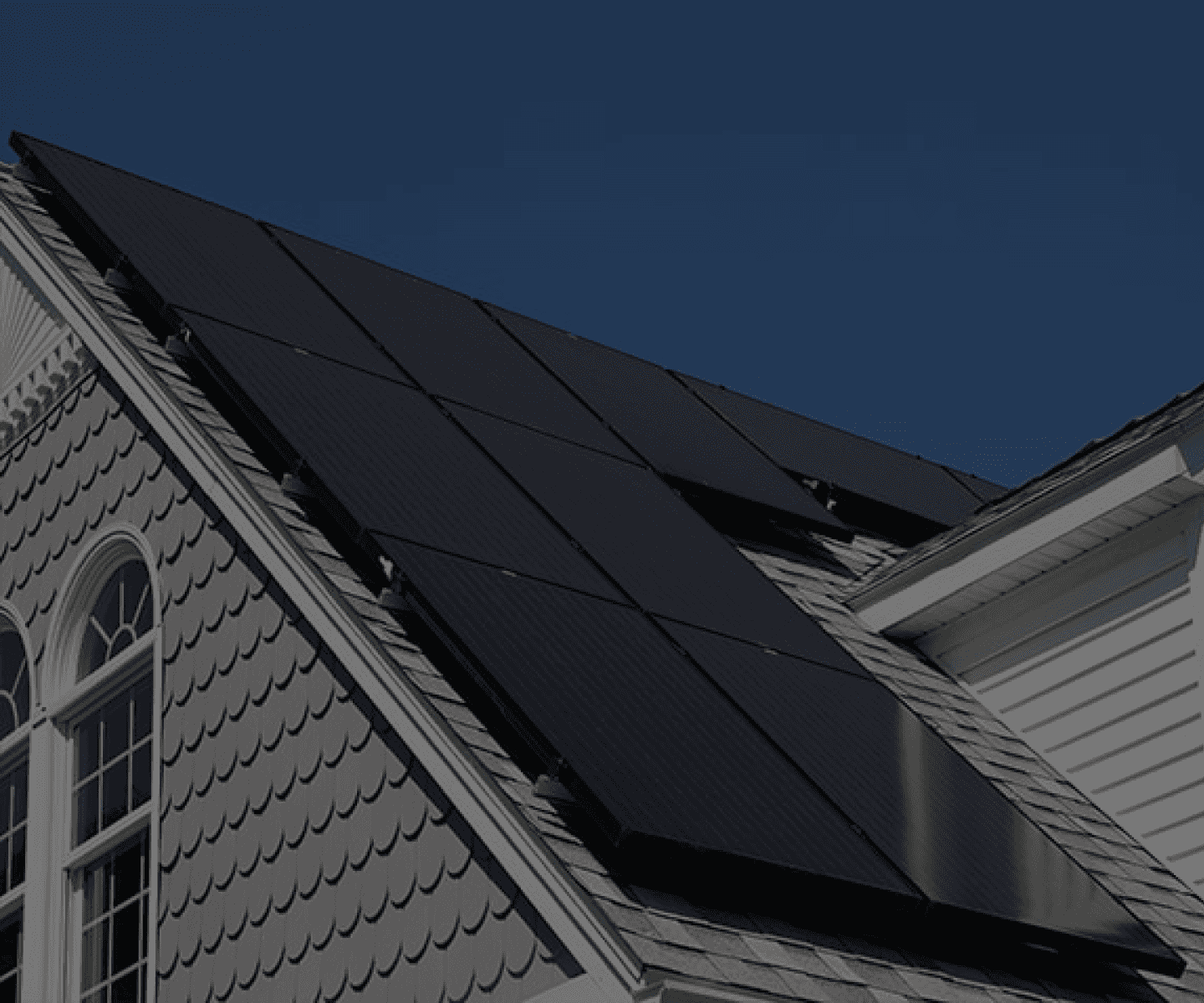Solar Power Purchase Agreements
If you are looking for the benefits of solar electricity with little to no upfront cost, minimal risk, and no maintenance responsibilities, you may want to look into a Solar Power Purchase Agreement (SPPA). The sections below begin with a short and simple summary under each heading, followed by a more in-depth explanation to aid in understanding this solar option.
What is a normal Power Purchase Agreement (PPA)?
A PPA is an agreement in which the customer agrees to buy electricity from a power source at a particular rate per kilowatt-hour (kWh). Everyone who buys electricity from a utility company such as PG&E or Southern California Edison enters into a PPA without much choice in the matter. You agree to pay for the generation, transmission, and distribution of the electricity from their power plant in a tiered rate schedule per kWh for an indefinite amount of time. Typically, these rates increase every year in proportion to the utility's increasing costs. The Public Utilities Commission (PUC) sets a limit to how much profit these companies make every year, so their increasing costs are caused by anything from increasing salaries and pensions to making repairs caused by weather, accidents, or the aging infrastructure of the grid. Whatever the cause of the increasing cost of electricity, homeowners have little choice but to continually pay more for what they use, or use less grid power. The latter choice is where solar options (purchase, lease, or PPA) come in.
What is a Solar Power Purchase Agreement (SPPA)?
An SPPA is similar to a PPA, except that the source of power is located on the homeowner's property, and the agreement often includes a contracted increase in rates as well as an amount of time the user agrees to purchase the power. An SPPA is an agreement in which a third-party owns, operates, and maintains the photovoltaic system, and a host customer agrees to have the system installed on their property. Homeowners simply purchase the electricity utility-style from the solar services provider for a predetermined period rather than purchasing the system itself. This framework is referred to as the “solar services” model, and the developers who offer SPPAs are known as solar services providers.
There are several other players involved in this model. The utility company continues to provide part of the host customer's electricity. The equipment manufacturer provides the hardware for the system, which the installers implement and maintain. Investors, such as US Bank, provide the capital for the equipment. A seperate special purpose entity manages the solar electricity payments, tax benefits, depreciation, ownership and leasing between the solar services provider and investors.
SPPAs enable consumers to avoid many of the traditional barriers to adopting solar power, which include high up-front capital costs, system performance risk, complex design, and permitting processes. SPPAs can be cash flow positive for the homeowner from the day the system is commissioned if they have no up front cost and simply start saving money off of their utility bills right away.
An SPPA’s rate per kWh can remain the same throughout the contracted term of service or it is sometimes calculated to rise annually at a fixed rate. Unlike utility rates, the SPPA rate is pre-negotiated for the entire term of the agreement (which is usually 15 to 20 years). Instead of paying for grid electricity with variable rates that can go up at any time and by any amount, customers pay for the clean, renewable energy generated through solar panels. They know exactly how much they’ll be paying for that energy for the entire contracted period.
This financial agreement allows the host customer to stabilize the cost of their electricity and potentially pay lower rates for the portion replaced with solar, while the solar services provider or another party receives valuable financial benefits such as tax credits and income generated from the sale of electricity to their customers. In most cases, any excess electricity produced by the system is sent back to the grid utility, which is obligated to credit the host customer's account, as guaranteed by net-metering agreements included in the SPPA.
The main benefits of this model for homeowners and organizations looking to go solar are the transfer of the risks of ownership (maintenance of dirty or broken panels, insurance, etc) from the consumer to the solar services provider. The consumer stabilizes their electricity rates, invests little to no out of pocket expense for the system, and in many cases receives a money-back guarantee for the electrical output of the system.
There are some inherent risks to this service model, however. The fact that the SPPA rates are commonly set to increase annually with inflation causes many potential purchasers of decentralized solar power to wonder if the fixed rate could cause their solar rate to be higher than grid prices. According to a price increase forecast by Tioga Energy, there is a 25% chance that grid utility prices will rise by less than 4.8% in the next 20 years and a 25% chance that those prices will increase by more than 8.7%. The typical fixed annual increase for an SPPA is 2.9%, so it is important for homeowners to be aware of how much rates have increased historically. This will help consumers figure out whether it's a safe bet that solar prices will stay lower than grid rates.
Another possible risk is the longevity your solar services provider. There are thousands of solar companies right now selling similar versions of the same SPPA contract. By the time state and federal initiatives run out of funds in the next few years, all of those companies will boil down to several dozen conglomerated utilities. This solvency could pose a risk to homeowners, who find themselves contemplating the fate of the solar systems on their roofs.
When does it make sense to get an SPPA instead of purchasing a system?
The option to purchase solar power from a solar services provider is mostly an advantage to those who want the benefits of solar electricity (i.e. cheaper rates, protection from rate hikes, etc) without a large up front investment and responsibilities of ownership. Bear in mind, however, that on top of having to qualify for this option in terms of annual electricity usage, roof orientation and shading, potential customers must also pass a credit check (usually with a FICO score of 680 or higher). The credit check ensures that the prospective customer meets the investor's requirement for who may benefit from this option, which wouldn't exist without their financial backing.Like grid electricity, solar PPAs or leases imply a monthly charge for power, so the economics are simple to evaluate alongside traditional energy purchases. If your monthly solar payment combined with your reduced utility bill is cheaper than your current electric bill, an SPPA makes economic sense for you.
Sometimes, an SPPA provider will offer a pre-purchase option to buy all the solar energy you’re likely to use over the term of the agreement upfront in exchange for an ultra-low rate on that power. This option is also proving very popular among homeowners, since it eliminates a monthly bill. The risks of ownership are still associated with the service provider and installer. Think of it like buying futures on twenty years of gasoline for your car at today’s prices. Some would prefer to own the system that's on your property, but are worried about the potential headaches involved with sizing, purchasing, and permitting a residential system. For these people, the best option would be to consult a value-added solar retailer like gogreensolar.com. These sites not only offer the most up to date technologies in the industry, but provide an educational customer service experience geared towards walking customers through the process of sizing, ordering and installing a system and tailoring everything to the customer's exact needs.
What to consider when comparing SPPAs, leases, and purchase options?
If you're still wondering which option is best for you, ask yourself the following questions:
- Would the combined monthly bills including solar be less than your current electric bill?
- Will the solar payment go up over time? By how much?
- What is the cost of the SPPA/Lease over the term versus the cost of the same system?
- What is the short/long term ROI on all three options?
- What are the purchase or pre-pay options associated with the SPPA or lease?
- How is the fair market value of the system buyout determined in the SPPA or lease?
- How does the service provider of the SPPA or lease process the rebates and incentives?
A Solar Power Purchase Agreement or lease option may not work for every consumer or be the most economical option, so it is important to consider all of the factors involved. These factors include average electrical usage, the amount of power that can realistically be produced on-site, and whether it is more economically feasible to invest in decades worth of electricity or to have only a portion of your power generated by a third-party without making a large investment.
Whatever means you choose, solar is a great long-term investment because it protects homeowners from the rising cost of grid electricity. The important thing to understand when you're ready to make the switch is whether you want to be the owner of your source of power or simply a casual purchaser of clean energy. Which method do you see as being most advantageous given your specific situation?






